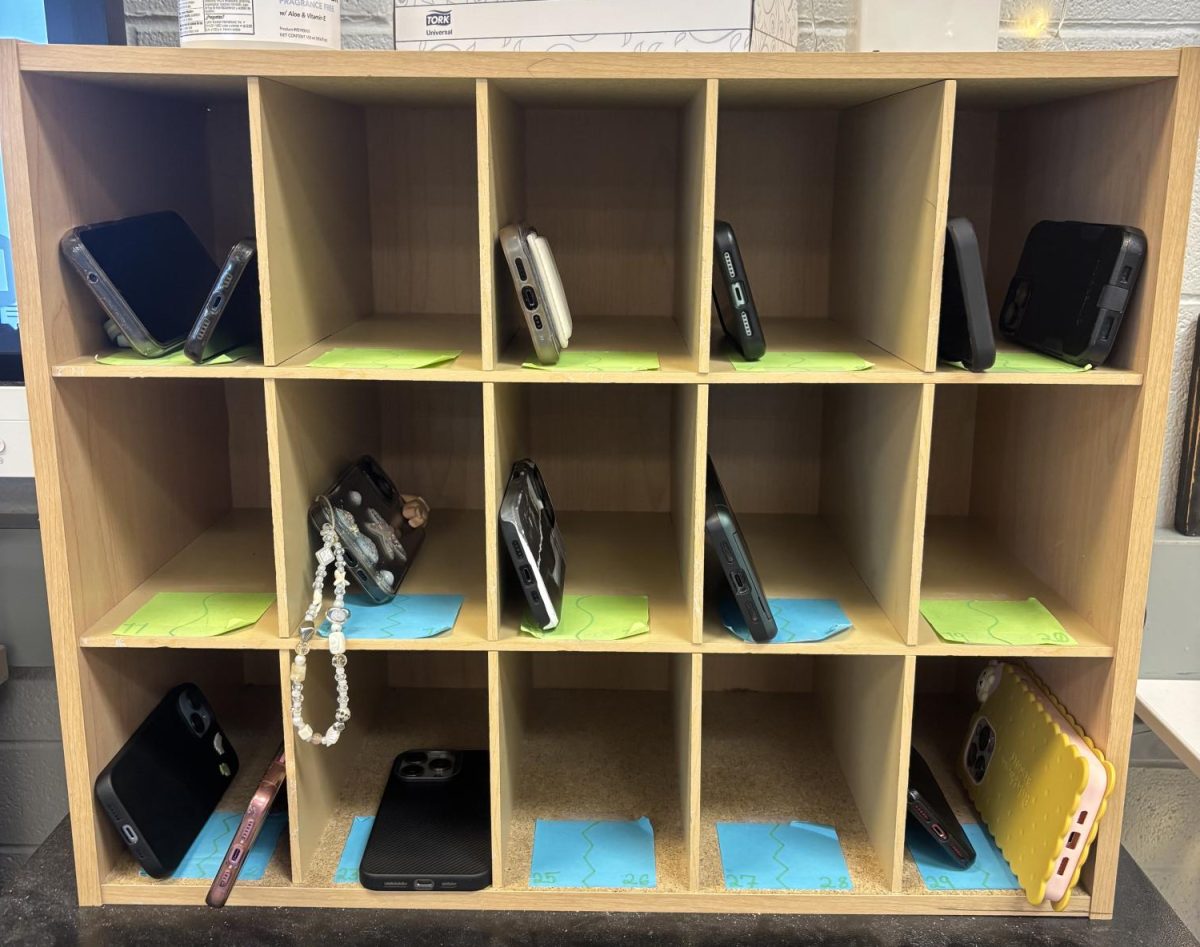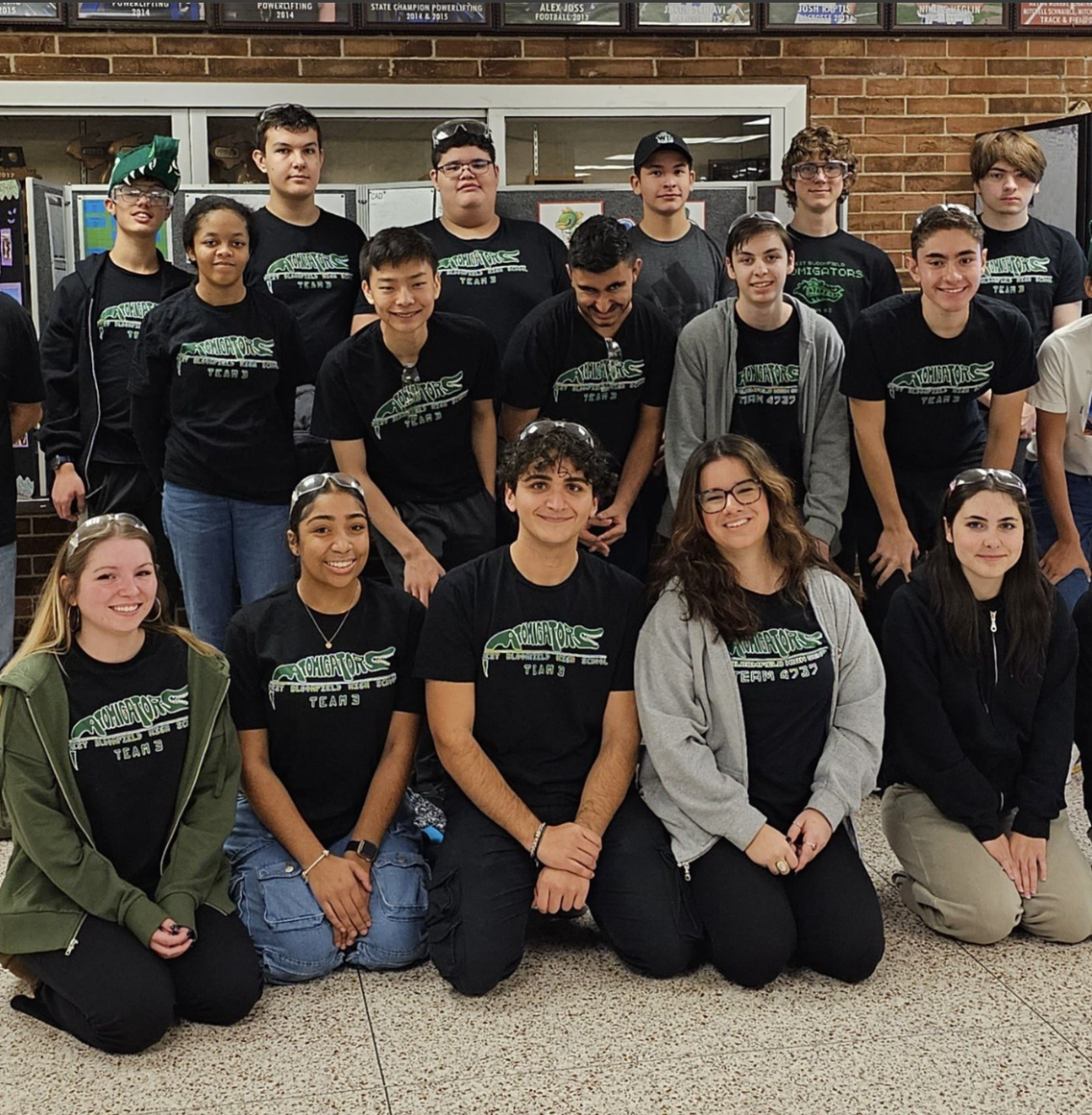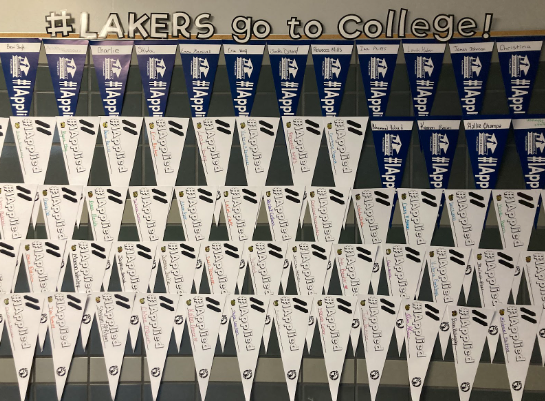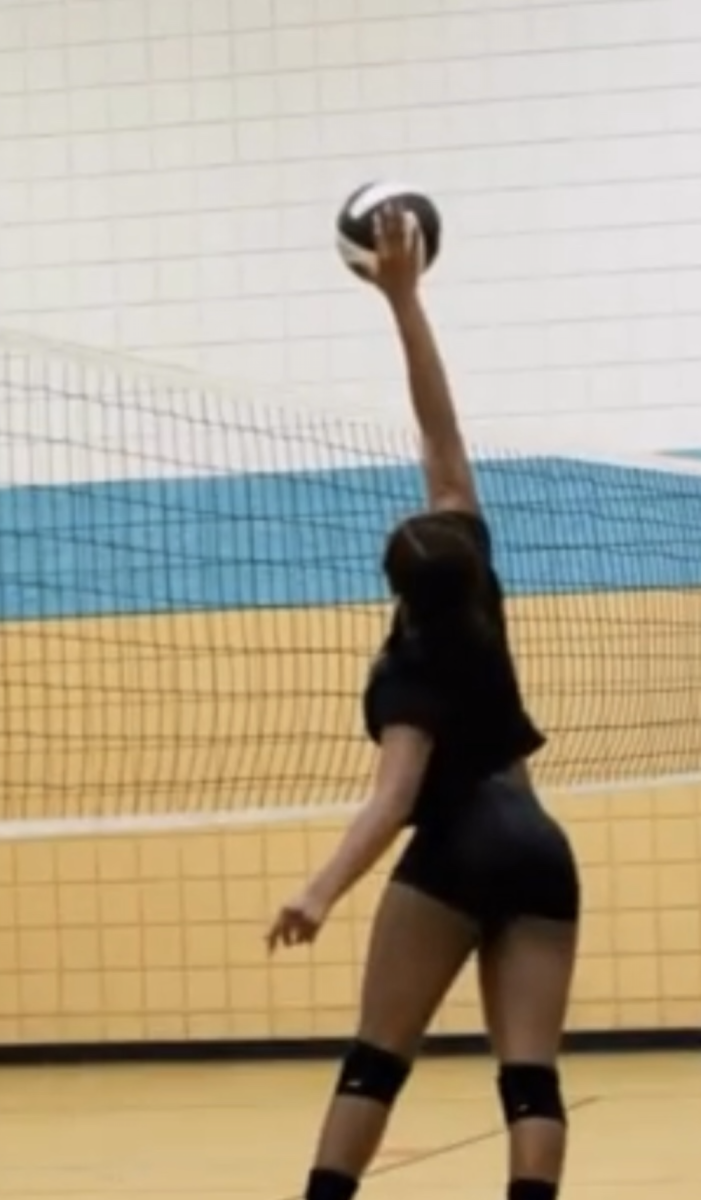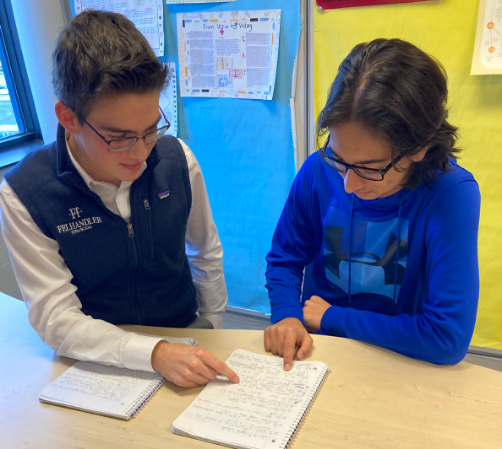The usage of cell phones has been a touchy subject in the classroom since their debut. Adjusting to phones as a tool rather than outright banning them has been a gradual learning curve for both students and teachers who have by no means found a perfect balance just yet.
Some teachers have gotten creative with their phone policies in order to garner optimal engagement from students while others have decided not to fight the phones at students’ risk of understanding content. By now, most West Bloomfield High School students are familiar with the “dreaded” phone pockets, but just as many have also experienced a phone policy-free classroom. It has long been the expectation that teachers are allowed to set their own rules for their own classrooms pertaining to phones as well as most anything else; however all that just might be changing for WB.
Not long ago, an administrative meeting was called for teachers at which phone pockets were distributed to any faculty members who wanted one. It was explained that teachers were welcome to use the phone pockets as a tool however they saw fit, thus allowing them to retain control of their own classroom rules.
The meeting did not establish any across-the-board phone policy. That’s why it came as a surprise to some teachers when communication was later sent out by administration regarding a school-wide phone policy stating, “All staff are expected to have students store cell phones in pouches, bins, or bags during instruction. If there is a time or activity that permits use, feel free, however during active direct instruction and work, phones should not be seen.”

Soon after the short note was sent to staff, Mr. Pace included a message to WBHS families regarding an updated phone policy in the February 21st edition of his “WBHS Update” email. He explained, “It is our expectation that cell phones are not visible or in use during direct instruction in classrooms. All teachers have cell phone pouches for their walls, or they can utilize storage bins at tables.”
As one would expect, students were none too happy about this development in classrooms. On the Laker Update episodes that aired on February 4th and March 12th respectively, students largely expressed that they found the policy unnecessary and felt that it would not improve focus in class as students who don’t feel like paying attention probably still won’t when their phones are taken away. In contrast to students, teachers had more mixed opinions on the school-wide reform.
Some teachers felt pretty positive about the new transition. This group includes many who have had their own strict phone policies since long before there was a school-wide expectation. One such teacher, Mrs. Chase, voiced her belief that the policy will have a positive effect on students both academically and socially.
“I think it’ll help students learn how to be focused. It’ll help with friendships and relationships because there will be less drama during class,” Chase stated.
She has a point as many aspects of phone use, especially social media, have been shown to hinder real-life interactions with others by many reputable sources including the American Psychological Association.
Additionally, Mrs. Chase referenced the negative impact phones have been proven to have on student learning, arguing, “There’s zero brain science that shows the benefit [of phones in the classroom].”
She explained that she will continue to enforce her policy of keeping students’ phones in a box at the front of the room for the duration of class until the scientific findings are proven inaccurate.
Such findings are those like the research referenced in an article from the National Institutes of Health which stated “Research has shown that a mobile phone left next to the participant while completing a task, is a powerful distractor even when not in use.” Such findings create a powerful argument in favor of the new policy, but some other teachers still aren’t entirely sold.
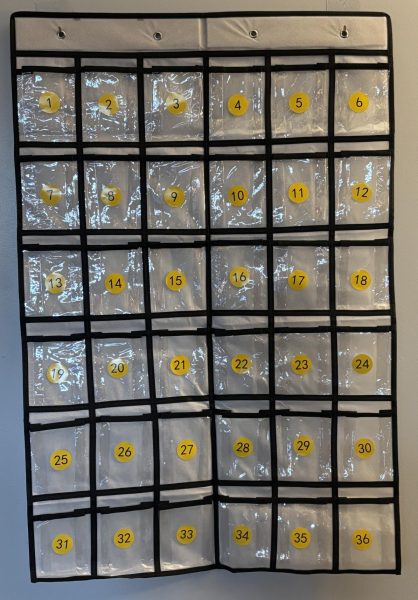
Though many teachers have always been strict with phones, there are plenty others who have kept very lax classroom rules regarding mobile devices. Though Mrs. Zanotti stated she thinks the new policy is “probably smart,” she isn’t going to be too quick to start collecting phones.
She explained, “If they [her students] don’t get off their phones and put it away, then I will implement the policy.”
As a teacher with a very trusting relationship with her students, Mrs. Zanotti doesn’t feel the need to police them as long as they continue to show that it isn’t necessary. This understandable take begs the question: should administration really be involving itself to decide what rules teachers should enforce in their own classrooms?
Many teachers are like Mrs. Zanotti in that they don’t feel that such a strict phone policy is necessarily appropriate for their classes. However, even Zanotti conceded that “if everyone just didn’t have electronics, people would learn more.” Maybe that’s enough of a reason in and of itself for administration to take a greater role in limiting phone use.
The struggle is finding a balance between ensuring learning isn’t hindered by phones while also keeping a trusting relationship with the students and allowing teachers to retain authority in their classrooms. Teachers have never fully been on the same page so trying to have a school-wide rule for phones is uncharted territory. Such policies have historically been controversial, but only time will tell how the new one pans out for WB.


